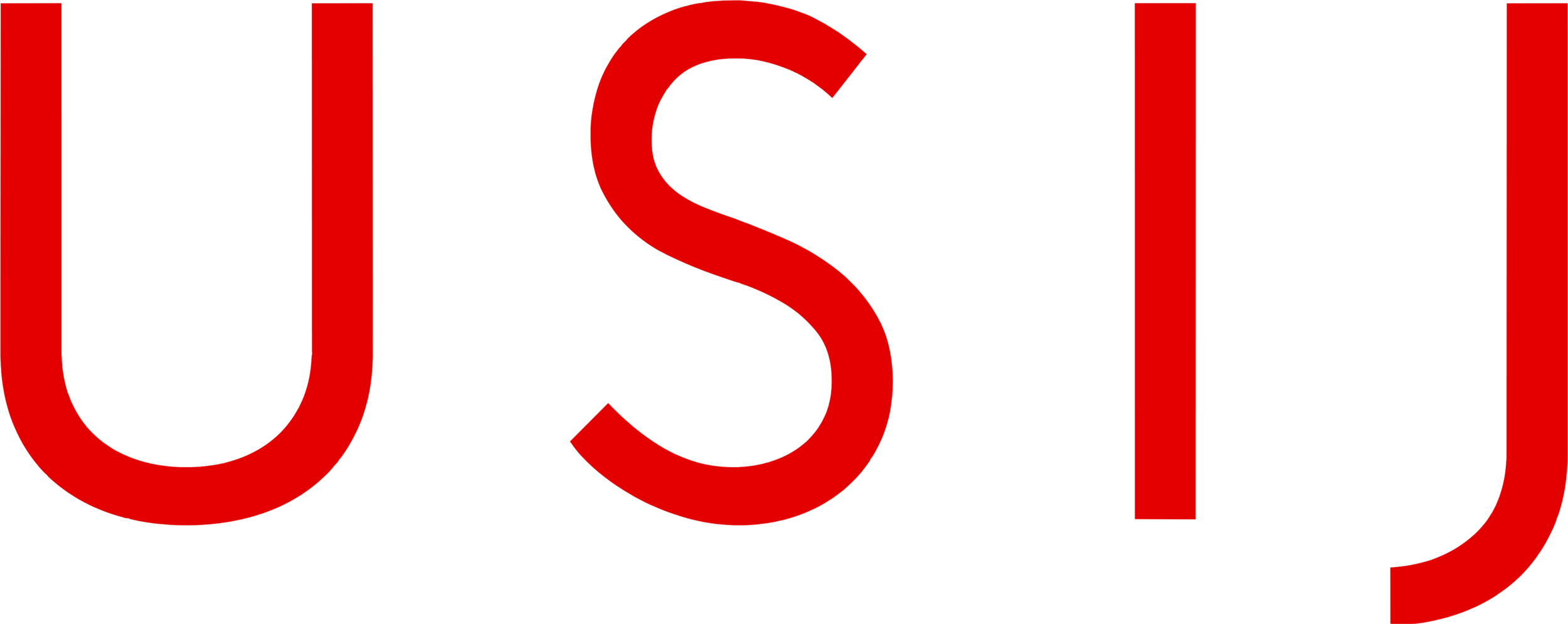Storm Clouds Lifting on American Invention by Charlie Giancarlo
It is not an overstatement to say that American inventors have faced a perfect storm of judicial and legislative hurdles in recent years, hurdles that have weakened their intellectual property rights and undermined their potential rewards and thereby their incentive to innovate. Thankfully, with dynamic new leadership at the U.S. Patent and Trademark Office, those storm clouds are starting to lift.
Since 2006, the Supreme Court has issued no fewer than a dozen decisions that have weakened patent protections for inventors, making it harder to prove and stop infringement, and sowing confusion over what can and cannot be patented. And in 2011, with passage of the America Invents Act, Congress created an administrative Patent Trial and Appeal Board at the USPTO that further diminished patent rights, making it easier for infringers to invalidate patents that they violated. Many large technology companies are now using this process to issue serial challenges to any new intellectual property that threatens their dominance. As we weakened patent protections in the U.S., our international competitors moved in the opposite direction. For example, it is now easier to patent biotechnology and software in China and the European Union.
The result has been a degradation of our nation’s innovation ecosystem, evidenced by slumping startup activity and venture capital investment increasingly moving overseas. In fact, the U.S. share of global venture capital investment fell to 54 percent in 2017, down from 81 percent in 2006.
This tempest buffeting American innovation has not gone unnoticed. In 2018, the U.S. Chamber of Commerce dropped the United States to 12th place in its international ranking of patent system strength, placing us in a tie with Italy and behind countries such as South Korea and Spain. According to the chamber, the United States dropped in its ranking primarily due to the recent Supreme Court decisions on patent subject matter eligibility and the establishment of the PTAB process.
But this downward trend is beginning to be reversed. In the chamber’s latest ranking, the United States has jumped back to second place, where it is tied with 10 other countries. The group attributes that improvement to actions taken by the USPTO under its new director, Andrei Iancu. Since he assumed office in February 2018, Iancu has taken a number of important steps to improve the predictability and reliability of the U.S. patent system.
To help address the confusion over what can and cannot be patented, the USPTO has issued new guidance to clarify the law for inventors, and the office has implemented highly anticipated guidance for its patent examiners that will provide much greater clarity in terms of what is patent eligible. This action is expected to reduce the number of patent rejections that have plagued innovative areas such as life sciences and software. It is likely that a legislative fix on patent eligibility is still needed, but USPTO’s guidance is a positive step.
To help restore balance and predictability to the PTAB process, the USPTO has finalized an important new rule requiring the PTAB to use the same standard for considering patent claims as is used in federal courts, to prevent inconsistent results when the same patent is adjudicated in different forums. Under the previous PTAB process, 80 percent of patents challenged were declared invalid, resulting in the board being known in the inventor community as a “patent death squad.” Meanwhile, in federal courts, the patent invalidation rate is closer to 40 percent. Aligning the PTAB and federal court standards was a smart change by Iancu reflective of Congress’ original intent.
Perhaps even more important to inventors than the recent procedural reforms made and proposed by the Patent Office has been the dramatic change in the tone and narrative coming out of the agency. For years, large corporate interests seeking to weaken patent protections had succeeded in establishing a story-line among policymakers and at the USPTO that focused on so-called “patent trolls,” entities using the threat of patent infringement lawsuits to “extort” payments out of companies. While instances of abuse exist, this troll threat was blown far out of proportion for political purposes, to support passage of a sweeping bill that would have done real harm to individual innovators, small companies, startups and universities. That attempt, fortunately, was unsuccessful, but it distracted policymakers from working to ensure our patent system continues to promote American innovation.
Iancu has changed that. In speech after speech – often invoking the surprising history of groundbreaking inventions – he has effectively used his bully pulpit to remind everyone just how important a strong patent system is. In remarks last fall, he emphasized that under his watch, the USPTO would focus on “the brilliance of inventors, the excitement of invention and the incredible benefits they bring to all Americans and to the world.”
Much work remains to be done by our courts and Congress to fully restore our patent system as an engine for U.S. economic growth and job creation. Yet, for American inventors, Iancu’s words and deeds are like that first ray of sunshine to break through as the storm clouds begin to lift.
Charlie Giancarlo is chairman and CEO of Pure Storage and previously served in senior executive roles at Silver Lake Partners and Cisco Systems.
